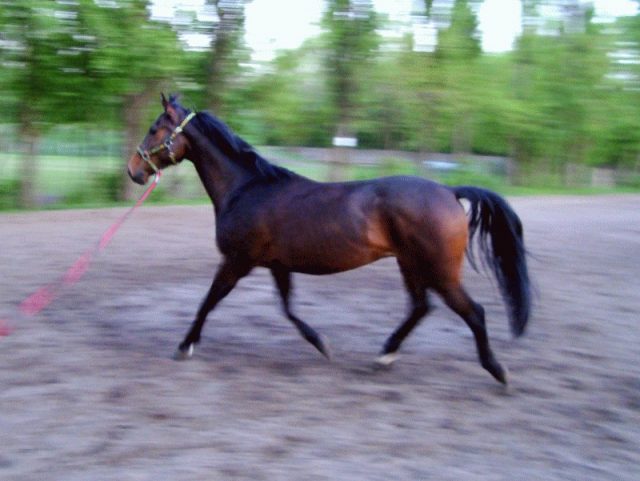Type the name of the breed you're looking for below
[wpdreams_ajaxsearchlite] Don't see the breed your're looking for? Click here and let us know!
Malopolski horse
| Country Of Origin | Poland |
| History and Background | The Malopolski (Polish: koń małopolski) is a Polish horse breed developed in the 19th century in Lesser Poland, Polish Małopolska, hence the name. It is versatile breed, used today for light draft and under-saddle work. It was developed mainly from native Polish horses crossed with Thoroughbreds and Arabians, and a 2006 study shows a strong genetic presence of Thoroughbred blood within the breed today. Population numbers have been in decline since the late 20th century, but genetic studies show little danger of inbreeding at this time. The origins of the Malopolski are rooted in native Polish horses of the 1400s, who were crossed with Oriental horses, including Arabians, to form a cross that closely resembled its Oriental ancestors in type. Beginning in the late 1800s, blood was added from Arabian and Thoroughbred horses, in the form of purebreds and crossbreds of the Shagya, Gidran, Furioso-North Star and other strains. Nonius blood was also added. Through the introduction of significant amounts of Arabian and Thoroughbred blood, a breed of the Anglo-Arabian type was formed. In 1963, a stud book for the breed was begun, and despite a lack of demand for horses to work in agriculture, Malopolskis rose in popularity as a riding horse. However, beginning in 1999 the breed population has begun to decline, and concerns have been raised about the possibility of inbreeding. However, a 2006 study found that the there was little danger of inbreeding within the Malopolski, in part due to the large amount of genetic diversity brought to the breed by the Thoroughbred, which was shown to have a strong genetic influence on the current Malopolski breed. There are two distinct varieties of the Malopolski. The first is the Sadecki, which was heavily influenced by the Furioso line, and the second is the Dąbrowsko-Tarnowski, heavily influenced by the Gidran line. The breed was also influenced by infusions of various other Arabian and Thoroughbred half-breeds. Today, they are bred at five state studs in Poland: Stubno, Prudnik, Udórz, Walewice, and Janów Podlaski, as well as by individual citizens of southeast and central Poland. |
| Use Today | Light Draft Work, Riding, Under Saddle work |
| Height | 15.3 to 16.2 hands (63 to 66 inches, 160 to 168 cm) |
| Colour | Bay, Black, Chestnut, Gray, Roan |
| Characteristics | Their head is well proportioned with a straight profile, a neck of good length, withers prominent, the chest wide and deep, and the shoulder sloping and long. The back is long and the croup slightly sloping. The legs are well-muscled and long, with good joints and tough hooves. The breed has much in common with another Polish breed, the Wielkopolski. |
| Other Considerations | They are said to perform well in sporting competitions, especially show jumping. |



